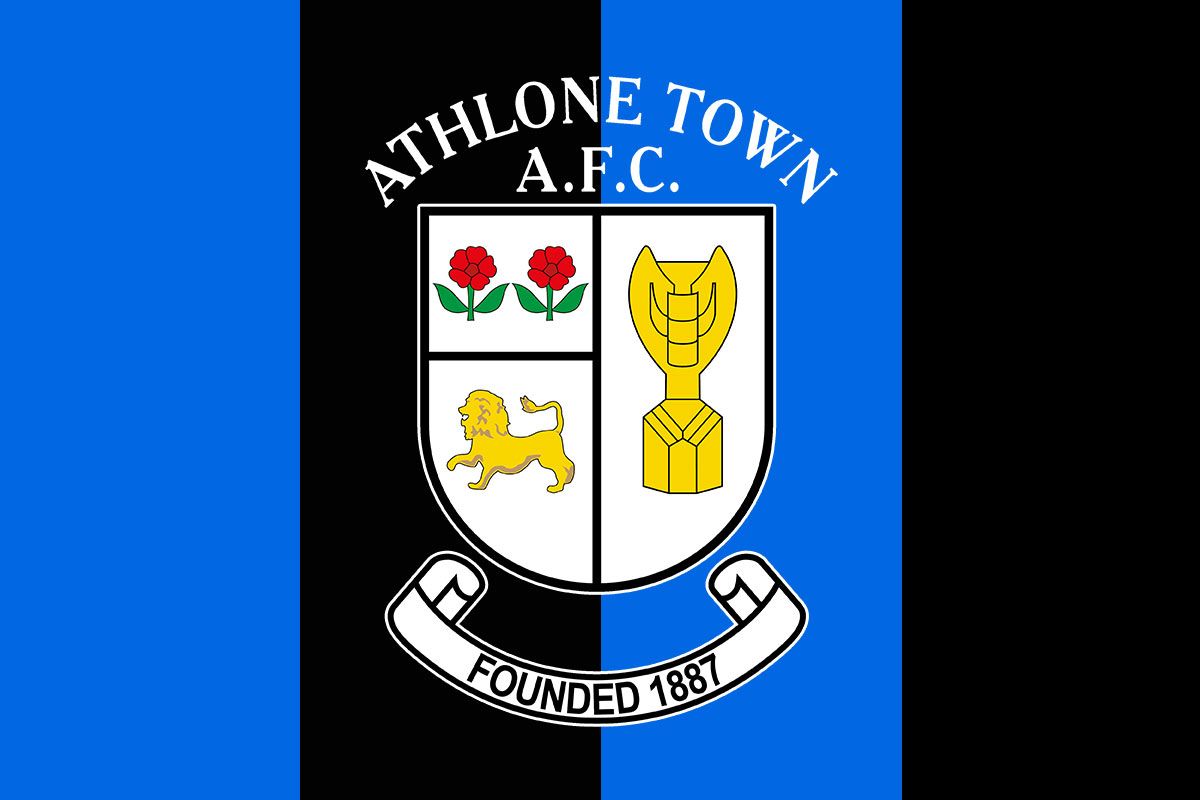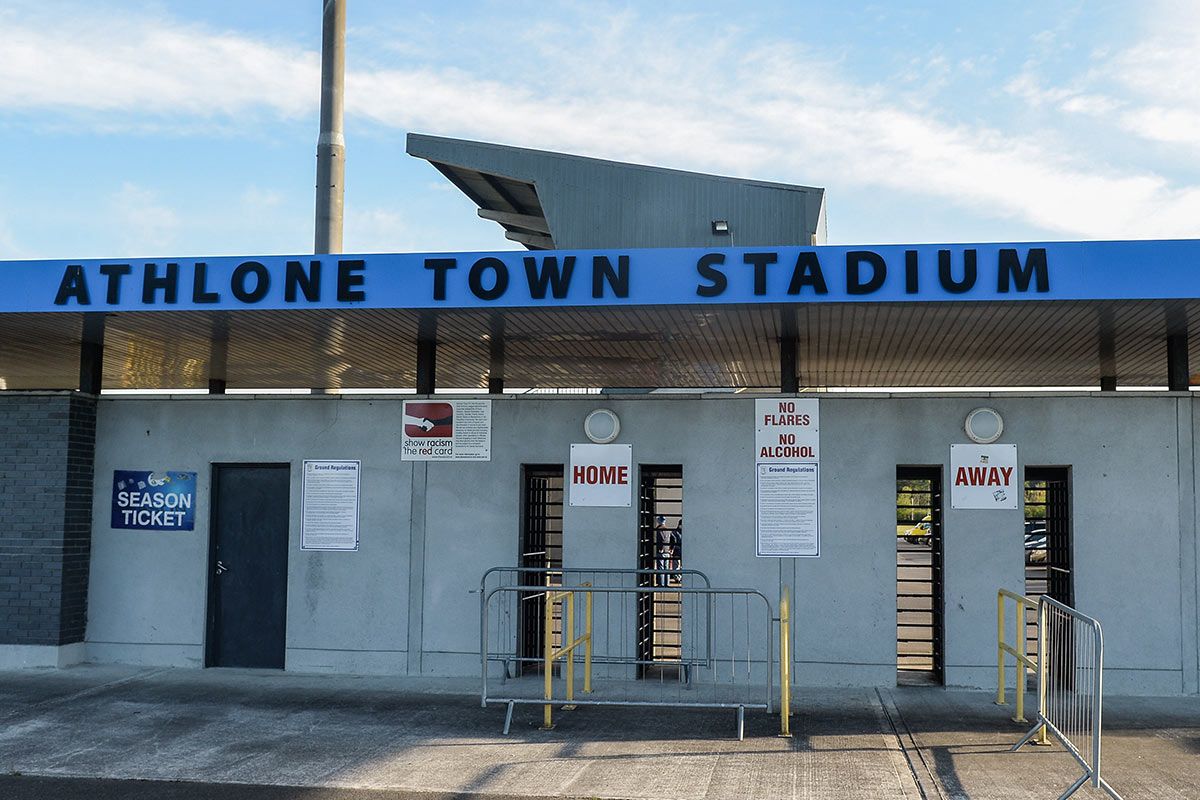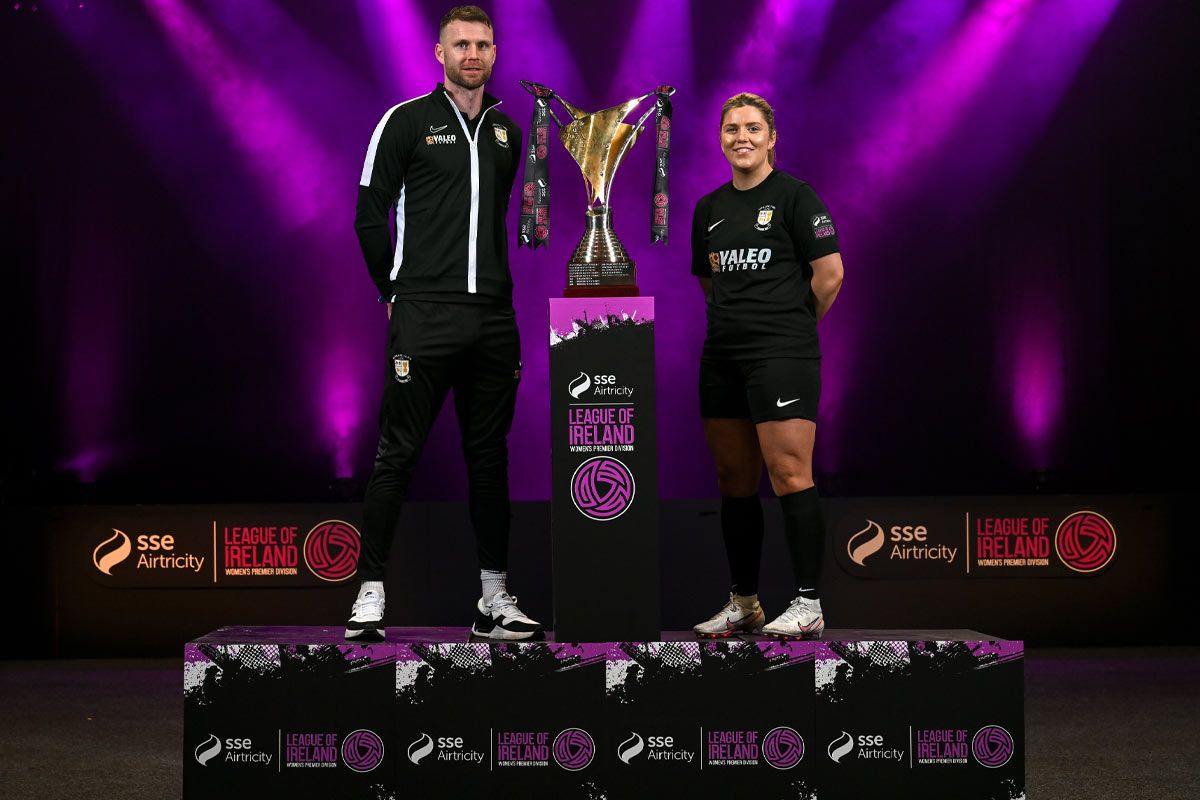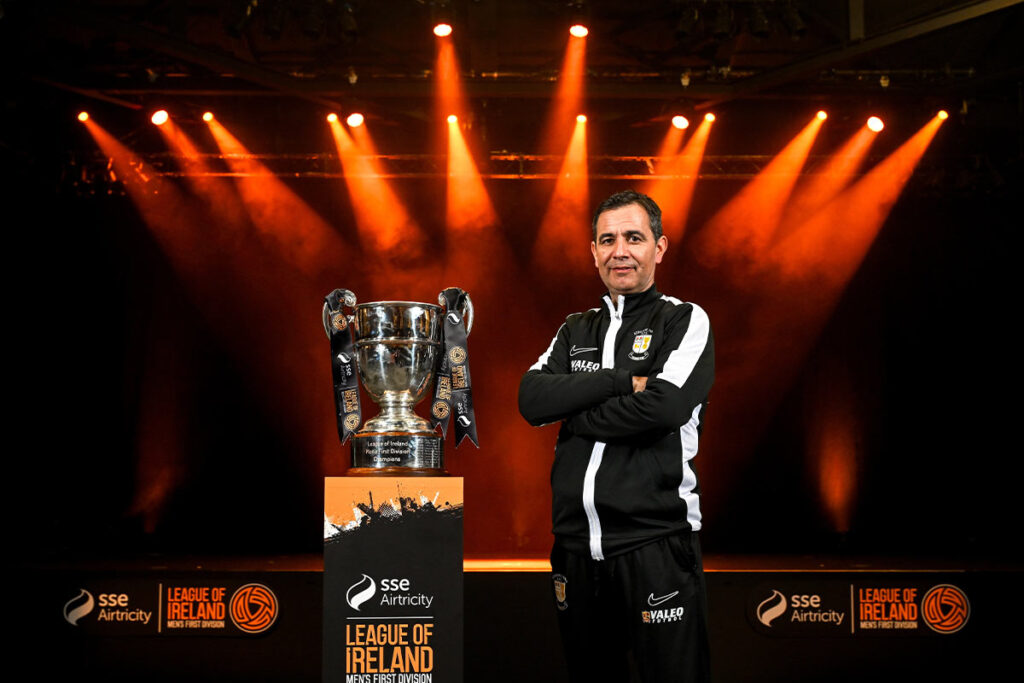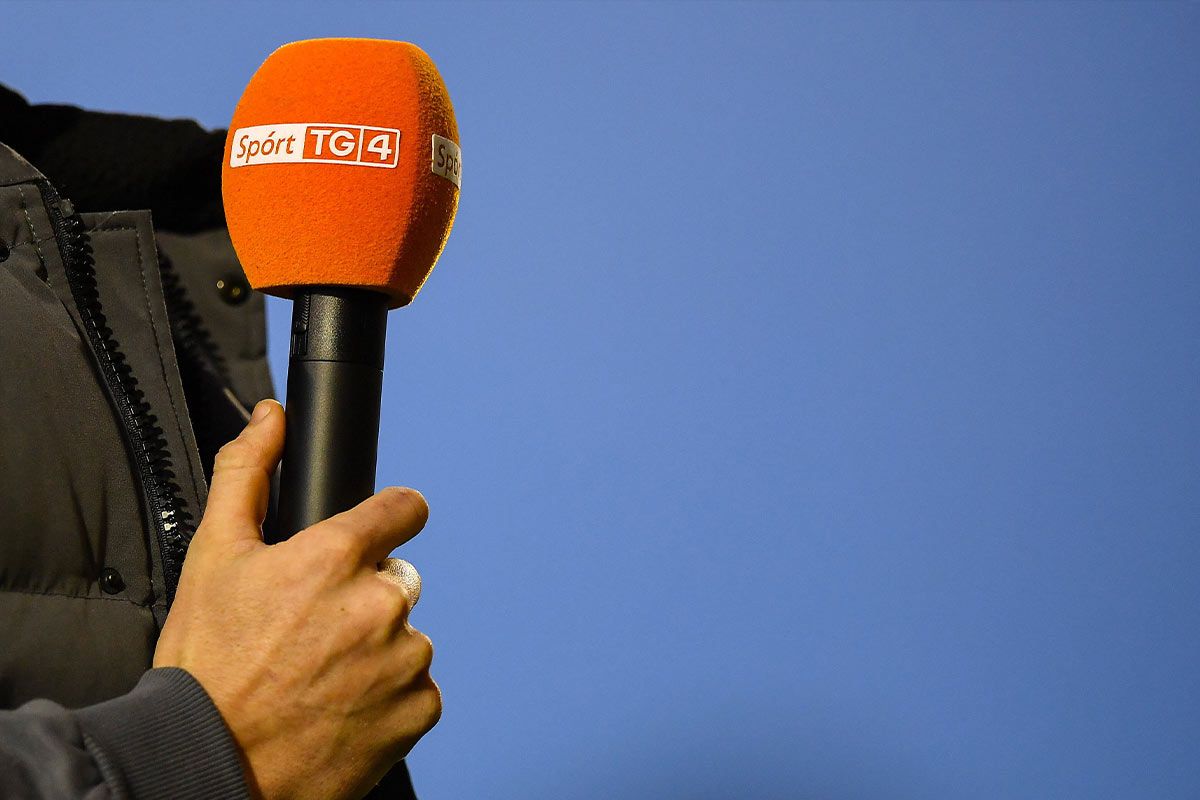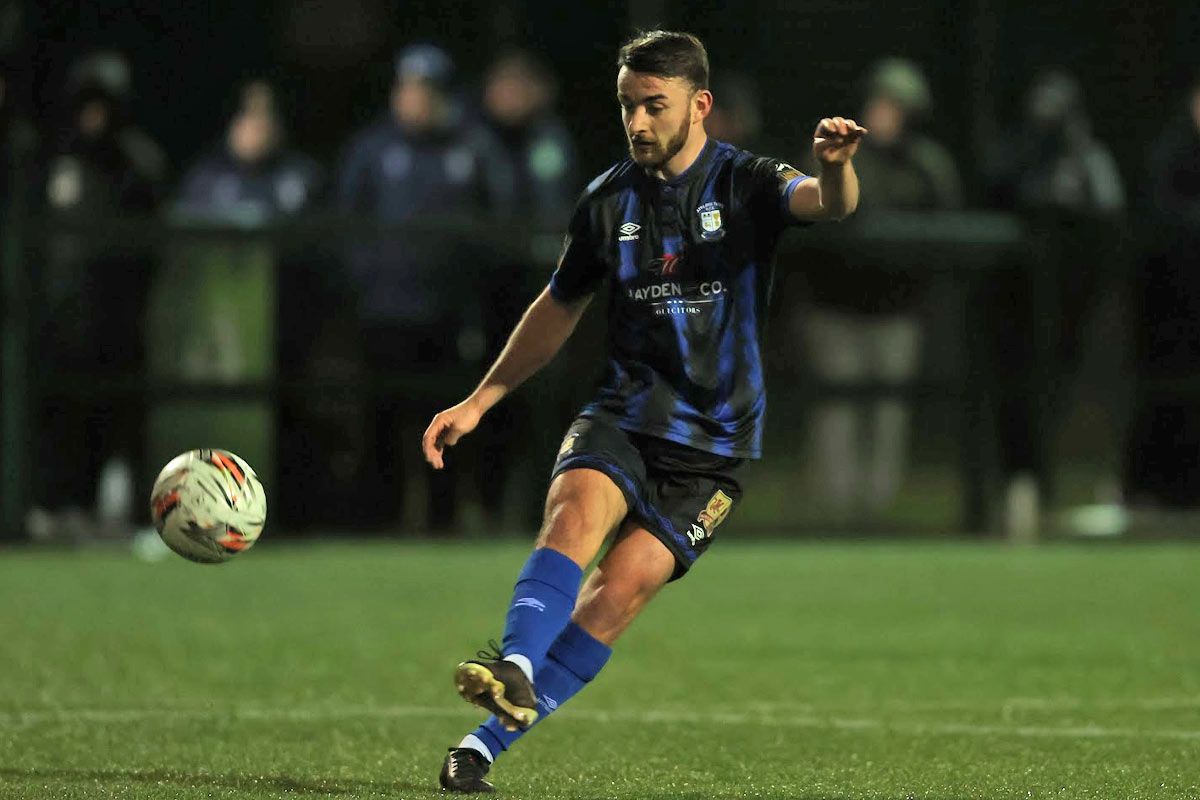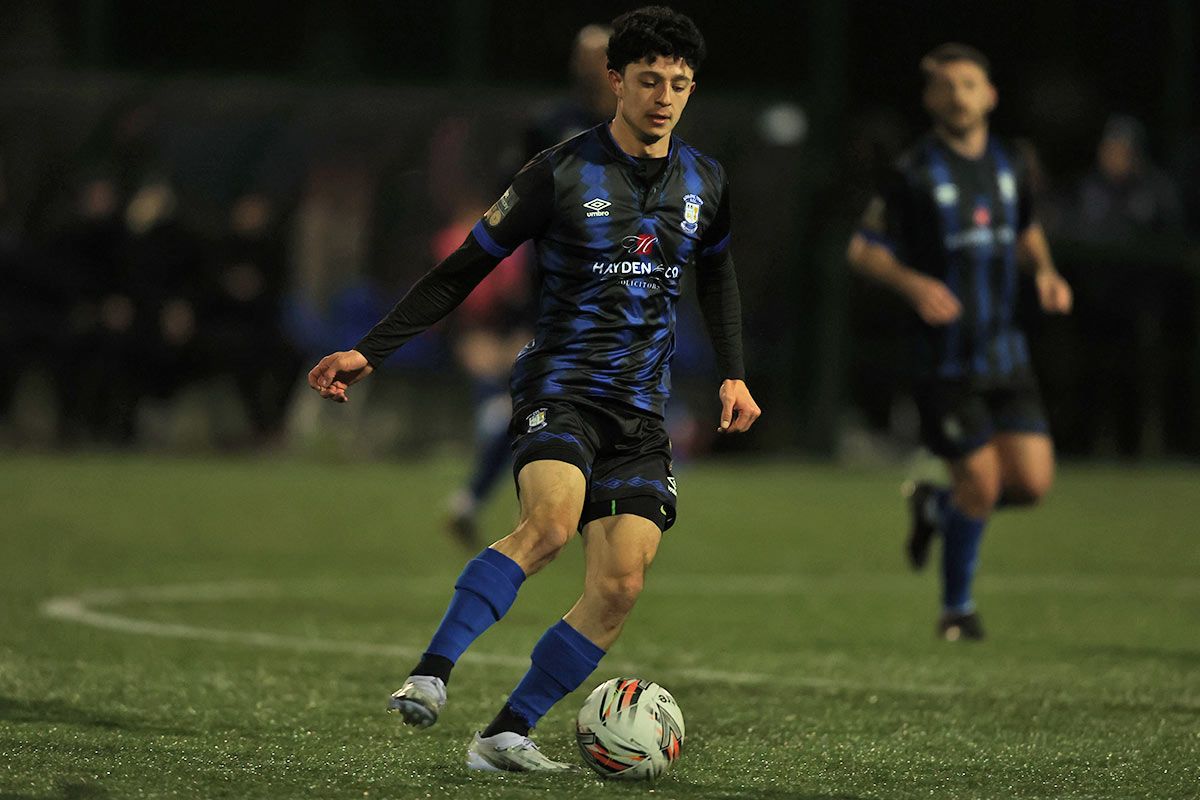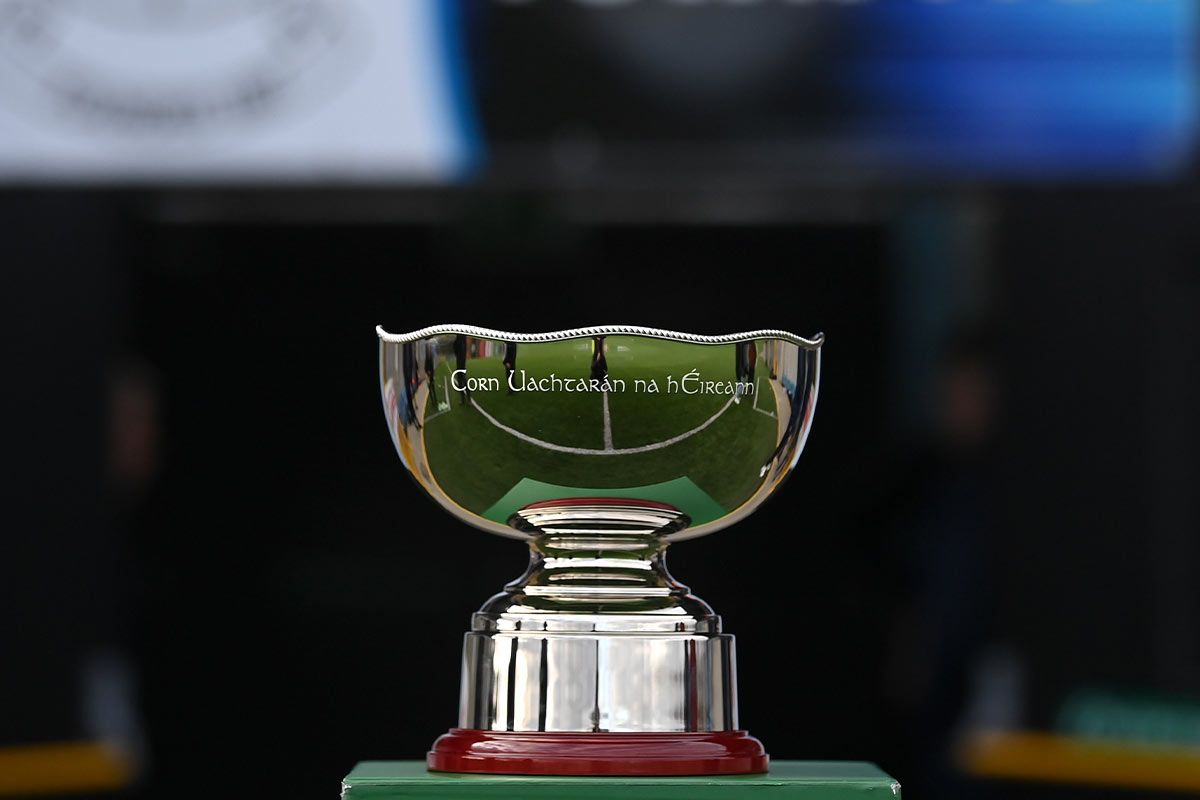A Look Back in Time: Athlone Town AFC’s Historic First Official Game
February 9th, 1887 – A day etched in the annals of Irish football history, marking the debut of Athlone Town AFC on the footballing stage. In a friendly encounter that pitted the newly formed club against Castlerea FC of Co. Roscommon, the teams battled to a goalless draw, but the match was far from uneventful. It was a display of passion, skill, and the beginning of a legacy that has endured for over a century.
The game was played in front of a large and enthusiastic crowd, eager to witness the birth of a footballing institution. Despite the lack of goals, the spectators were treated to a competitive match that showcased the potential of Athlone Town AFC.
The Starting Eleven: Pioneers of Athlone Town AFC –
Goalkeeper (GK): E. Medcalf
A stalwart between the posts, his performance set a high standard for future goalkeepers at the club.
Defenders (DEF): T. Lahey – J. Medcalf – J. Halpin – L. Hogan – R. Baile
This formidable backline proved impenetrable on the day, laying the foundation for the club’s reputation for defensive solidity.
Forwards (FOR): O.R. Coote – J. Hodson – G. Bale – M. Morga – T. Langstaff
The attacking contingent, though unable to find the back of the net, showed glimpses of the flair and creativity that would become a hallmark of Athlone Town’s play.
A goalless draw that promised much more, the game against Castlerea FC was characterized by spirited competition and mutual respect. Both teams had opportunities to score, but the defenses held firm, and the goalkeepers were in fine form, ensuring the match ended 0-0.
This historic encounter was more than just a football match; it was the beginning of Athlone Town AFC’s journey in Irish football. From these humble beginnings, the club has grown into a cornerstone of the sport in Ireland, with a rich history and a passionate fan base. The players who took the field that day were pioneers, laying down a legacy that has inspired countless players and fans over the decades. Their commitment, passion, and love for the game have been the guiding principles of Athlone Town AFC.
The first official game of Athlone Town AFC on February 9th, 1887, against Castlerea FC, may have ended in a 0-0 draw, but it marked the start of a storied journey. It’s a reminder of the club’s humble origins and a testament to the enduring spirit of football. As we look back on this historic occasion, we celebrate not only the beginning of Athlone Town AFC but also the growth and development of the sport in Ireland. Here’s to many more years of footballing excellence from Athlone Town AFC.
To read more about the club’s 137 year history to date, click here.

